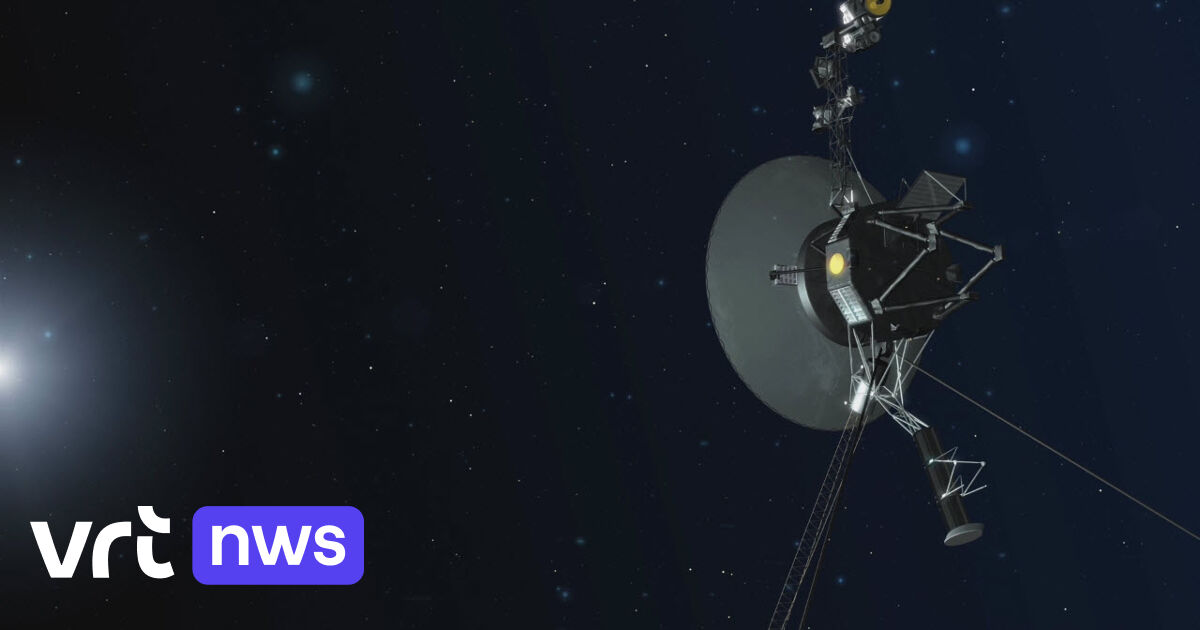And so one goes a task to see if they are right.
The plan is to lower a small probe through the thick cloud cover, looking for signs of life in the tiny droplets that make up the clouds.
The MIT team worked with the private space company Rocket labwhich will provide the rocket and spacecraft to safely transport the probe to Venus – possibly departing as early as May 2023.
Spotting organisms hovering over Venus would be the greatest scientific sensation ever — and not just because it would be the first time we’ve found life outside of Earth.
Maybe the flower was wet
Venus is the closest planet to Earth in its orbit around the Sun, and it is also the most similar in size and structure to our planet. However, decades have passed since it was visited by a probe that flew through its atmosphere.
Venus has not been studied since 1985, when the Soviet Vega 2 mission was launched. Mars is still being explored by many rovers, but Venus has to contend with probes orbiting it hundreds of miles away.
Many astronomers thought it was time to study Venus again, and it looks pretty good. In the next ten years, a number of expeditions will visit it. Among other things, they will determine if the planet ever had a sea and discover why global warming is getting out of control and turning Venus into the “evil twin sister” of Earth.
Scientists know that Venus was once much cooler than it is now, and using advanced climate models, they have tried to turn back time to see if the planet was once wet and at a temperature that would support life.
But computer models give different results, so we have to send probes to Venus to reconstruct the planet’s past.
However, the MIT researchers don’t just want to know if Venus is habitable—they want to know if life still exists.
Bacteria live in our clouds
Nothing could thrive on the floor of Venus, but life in the form of tough microorganisms may have moved into the air as liquid water disappeared from the hotter planet.
At 50 kilometers in the clouds, the pressure is roughly the same as at Earth’s surface, and the temperature has dropped to 60 degrees Celsius—still hot, but tolerable for some microorganisms.
In contrast to Earth’s fickle atmosphere, Venus is obscured by miles of clouds. So microorganisms can have a fixed and unchanging habitat here.
Bacteria and yeast cells can also live in clouds here on Earth, and the idea of life in Venus’ atmosphere has been talked about since the 1960s.
In 2020, the theory was bolstered when radio telescopes found traces of the chemical compound phosphine in Venus’ atmosphere: a potential sign of life, so it was big news.
But this discovery has been controversial and the measurements, which are unconfirmed, have been called into question. However, interest in the search for life on Venus has not waned – even if it is an exhausting life.
While our clouds consist of water droplets, the clouds on Venus contain droplets of concentrated sulfuric acid.
Such an acid would corrode our skin, and we don’t know of any life that could survive in a drop of sulfuric acid. But microorganisms on Venus may have acquired a survival trick from evolution that neutralizes strong acid.
These microorganisms are not so strange: our digestive system already contains bacteria that use such a mechanism – they secrete ammonia, which neutralizes part of the acid.
The Venera 8 and Pioneer Venus probes, which visited Venus in the 1970s, were both registered ammonia in the atmosphere. Traces of oxygen molecules, which may be released during the chemical process in which ammonia neutralizes sulfuric acid, are found.
A private company pays for the trip
The theory of life in the clouds of Venus might make sense, but the larger national or international space agencies have no plans for space missions specifically to study the clouds.
So MIT researchers led by Professor Sarah Seager have taken matters into their own hands, enlisting help from the US Rocket Laboratory, which is funding the rocket and launching it from a spaceport in New Zealand.
Rocket Lab has been overshadowed by the world’s largest aerospace company, SpaceX, which launches rockets every week, but with the Venus mission, the company wants to prove that science missions to other planets can be carried out cheaply and efficiently with an 18-meter Electron rocket and Photon spacecraft.
In 2022, Photon has proven its value by putting the small CAPSTONE spacecraft into lunar orbit at NASA’s request, and while Venus is far away, Rocket Lab is confident it can get the job done.
However, the goal of launching a Venus rocket as early as May 2023 is very ambitious, and if it proves more challenging than anticipated, the mission will be pushed back to January 2025.
When the Photon spacecraft arrives, a 20-kilogram probe is launched. It will come down by pulling with one Nuclei autofluorescence assayspecific measuring tool.
The idea is to direct an ultraviolet laser beam through a window in the probe at the droplets in Venus’ clouds. If it contained life, the radiation would be absorbed by organic molecules and re-emitted as light that could be detected by a sensor.
Drops go to the ground
The small and fairly simple tool can’t directly measure whether there is life, but researchers can determine whether the droplets in the clouds contain carbon-based molecules, such as those that make up all living things.
Data from the measuring instrument is continuously sent back to Earth, where MIT scientists analyze it. If he showed that cloud droplets deviate in a manner consistent with the existence of living organisms, it would be a great sensation.
And if that’s the case, other missions will have to study clouds much better with more instruments, and researchers are already planning what the successful mission’s successors should look like in 2023.
For definitive evidence of life, cloud droplets must be collected and sent for comprehensive analysis on Earth. MIT’s greatest wish is one a task The probe collects a liter of clouds with a few grams of sulfuric acid droplets.
However, the task of sending the monster to Earth would be very expensive and would require a much larger rocket than the Electron. But if this mission proves that Earth isn’t the only habitable place in the universe, it will be well worth the money and effort.
After all, if life can grow and thrive in such extreme conditions as Venus, it can also arise elsewhere – not only in the solar system, but also on planets around other stars.
Finding microorganisms in Hell must simply mean that the universe is teeming with life.

“Thinker. Coffeeaholic. Award-winning gamer. Web trailblazer. Pop culture scholar. Beer guru. Food specialist.”






More Stories
Lenovo launches new “AI-ready” ThinkPad workstations.
Telltale Games says The Wolf Among Us 2 isn't dead and releases new in-game screenshots as proof
It seems that scientists finally know what happens to methane on Mars